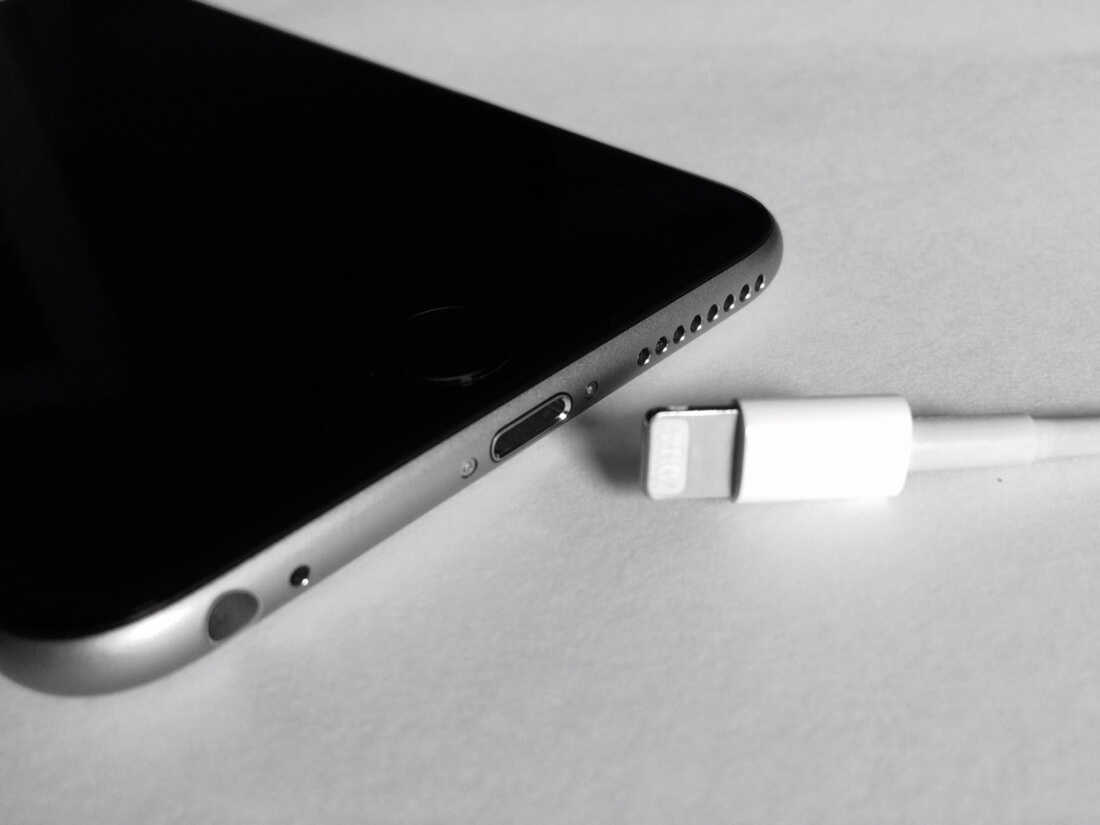
Rumors that the upcoming iPhones will support wireless charging have been circulating for a while, but it seems that the feature has now been all but confirmed. Wistron, the main iPhone manufacturer in India, said the next generation of Apple's handsets will boast this ability, as well as being waterproof.
Apple recently partnered with the Taiwanese contract manufacturer to assemble older generations of iPhones in India, which will bring down prices and allow expansion within the country.
Speaking to reports after the company’s annual shareholders meeting yesterday, Wistron CEO Robert Hwang said: "Assembly process for the previous generations of [iPhones] have not changed much, though new features like waterproof and wireless charging now require some different testing, and waterproof function will alter the assembly process a bit."
While Wistron currently only manufactures the iPhone SE, Apple analysts Jeff Pu and Arthur Liao say it is splitting orders with Foxconn for the upcoming 5.5-inch iPhone, which is assumed to be the iPhone 7s Plus. So it appears that the wireless charging comments relate to the upcoming handset.
The current generation of iPhones is rated IP67, denoting that they are fully protected against dust ingress and can withstand being submerged in water for up to 30 mins at a depth of around 3 feet. It seems as if the next iPhones could have an IP68 rating, meaning they are more resilient and can withstand depths of around 5 feet for 30 minutes.
It’s expected that all new iPhones – the 7s, 7s Plus, and flagship 8 model – will come with these new and improved features.